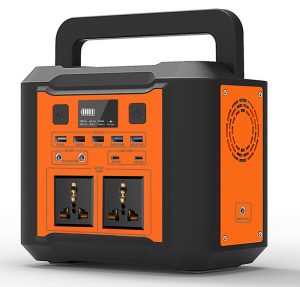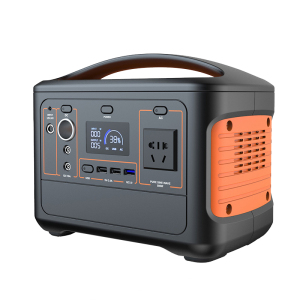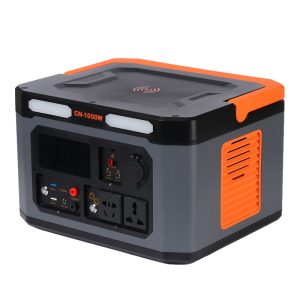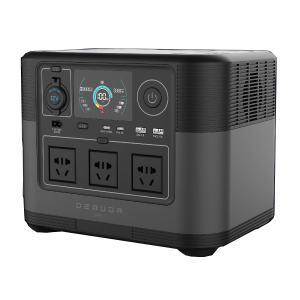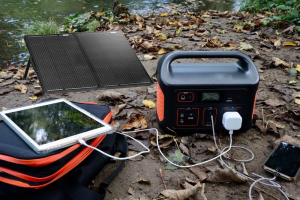More
Powering the Future: Technologies Revolutionizing Battery Capacity in Portable Power Sources
Powering the Future: Technologies Revolutionizing Battery Capacity in Portable Power Sources
Introduction:
The demand for outdoor portable power stations with increased battery capacity has fueled advancements in technology, driving the development of more efficient and powerful energy storage solutions. Merchants and manufacturers are continually exploring innovative technologies to enhance battery capacity and deliver extended runtime for outdoor enthusiasts, campers, and off-grid adventurers. In this blog post, we will explore some of the key technologies adopted by merchants to increase the battery capacity of outdoor portable power stations, enabling longer-lasting and more reliable power solutions.
-
Lithium-Ion Battery Technology:
Lithium-ion (Li-ion) batteries have become the go-to choice for many portable power station manufacturers. These batteries offer high energy density, allowing for a larger capacity in a compact size. With their ability to store more energy, Li-ion batteries enable power stations to deliver extended runtime, providing users with a reliable power source during their outdoor activities. Furthermore, Li-ion batteries are known for their longer lifespan, quick charging capabilities, and resistance to memory effect, making them a practical and efficient choice for portable power stations.
-
Battery Management Systems (BMS):
Battery Management Systems play a crucial role in optimizing battery capacity and performance in portable power stations. BMS technologies ensure efficient power distribution, balance cell voltages, prevent overcharging or discharging, and monitor battery health. By maintaining the optimal charging and discharging conditions, BMS technologies maximize the capacity and lifespan of the batteries. This allows users to fully utilize the available battery capacity and extend the overall runtime of their portable power stations.
-
Advanced Battery Chemistry:
Beyond traditional lithium-ion batteries, advancements in battery chemistry have paved the way for even higher-capacity power solutions. For example, Lithium Iron Phosphate (LiFePO4) batteries are gaining popularity due to their exceptional energy density, longer lifespan, and enhanced safety features. These batteries offer increased capacity, making them a suitable choice for high-demand applications. Other emerging battery technologies, such as solid-state batteries and lithium-sulfur batteries, are also being explored to further enhance battery capacity in portable power stations.
-
Smart Power Management Systems:
Intelligent power management systems are being incorporated into portable power stations to optimize energy usage and maximize battery capacity. These systems monitor power consumption, prioritize energy allocation to devices based on their power requirements, and adjust power output accordingly. By efficiently managing power distribution, these smart systems ensure that the available battery capacity is utilized effectively, prolonging the runtime of the power station.
-
Solar Charging Integration:
Solar charging technology has become a popular feature in portable power stations, enabling users to harness renewable energy to recharge their devices. Merchants are integrating solar charging capabilities into power stations, allowing users to replenish the battery capacity using the power of the sun. By utilizing solar energy, users can extend the runtime of their portable power stations without relying solely on traditional charging methods, reducing their carbon footprint and increasing their overall energy independence.
Conclusion:
Merchants and manufacturers of outdoor portable power stations are continually pushing the boundaries of battery technology to increase capacity and deliver longer-lasting power solutions. Through advancements in lithium-ion batteries, battery management systems, advanced battery chemistries, smart power management systems, and integration of solar charging technology, these devices offer enhanced battery capacity, extended runtime, and improved power performance. By adopting these technologies, merchants are providing outdoor enthusiasts, campers, and adventurers with reliable and efficient power sources, enabling them to stay connected, productive, and comfortable in remote and off-grid environments. As technology continues to evolve, we can expect even greater advancements in battery capacity, further revolutionizing the way we power our outdoor adventures.


